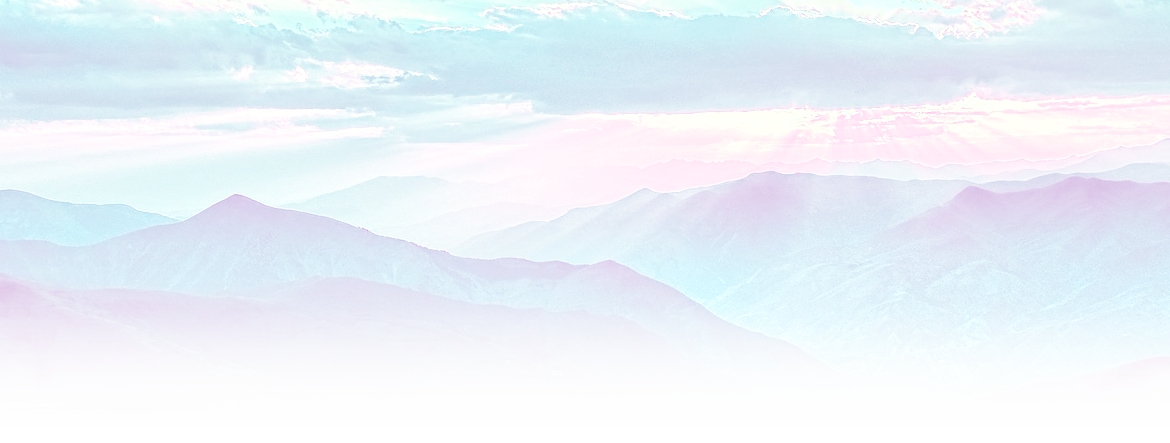Lamass are small, communally maintained settlements sparsely located along commonly used migrations trails. They serve as emergency shelters for any passing Bieggjan tribes or groups in need.
Purpose
Lamass is the term for any smaller settlements without permanent residents, typically found strategically built along commonly used migration trails. Especially on or close to locations where two or more nomadic tribes’ trails cross.
They are communal and not owned by any one tribe. It’s customary to stop by any unoccupied Lamass you pass by to see if it needs repairs, even if there’s no intention to stay at it. As well it’s customary to donate part of your preserved foodstuffs or other amenities to its supply cache. This way, any tribe seeking shelter from an unexpected accident or disaster won’t find themselves potentially locked in place with few or no supplies to survive.
Material Composition
A typical lamass house is built from whatever available dirt, clay, sand, stone, wood, and hide can be found in the nearby region or is carried by the tribe building and/or repairing. It’s not uncommon to see materials from far off regions mixed and matched, as tribes usually use whatever they currently have available.
Depending on the rock types used for building the domes of the lamass houses, they may be covered with a non-reflective paint called harjgga in order to avoid unnecessary glare when ultraviolet light is reflected against their surfaces.
Structure & Layout
The base of a lamass house is a dug-out circle, circa one meter deep, that’s covered with a dome made from stones held fixed in place with a clay and sand mix mortar. A small entrance is typically covered with a cured hide stretched across a sturdy wooden frame. The center of the roofing typically feature a means for smoke to escape.
Since a lamass settlement isn’t meant as a permanent residence, function and safety is prioritized above comfort and decoration. Their designs are purposefully simplistic and sturdy in order to make them easier to maintain, and to reinforce their role as an emergency shelter. A tribe that’s utilized a lamass will clean up, issue repairs, refill its supply cache if they have supplies to spare, and then resume their travel.


Comments